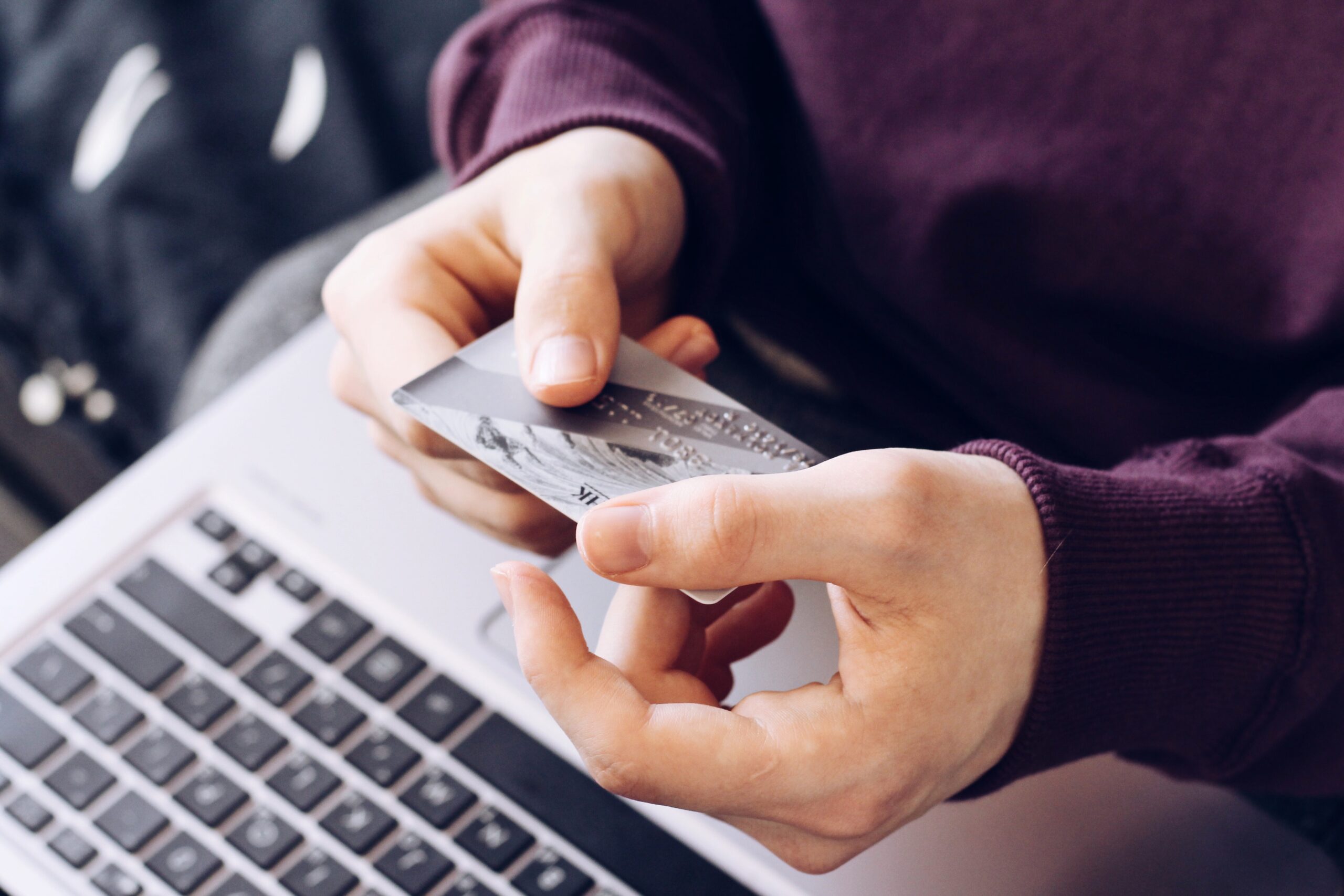If you struggle with credit card debt or find that your cards are hindering you, you may have fallen into a credit card trap. Unfortunately, it’s easy to find yourself in this situation when you repeatedly make the same mistakes again and again.
You can use a credit card to charge purchases as often as you like, which can create a dangerous spending habit. If you’re not careful, you could end up burying yourself under a mountain of debt.
In fact, a recent report from the Federal Reserve Bank of New York shows that credit card balances reached $986 billion as of the fourth quarter of 2022—a 2.4% increase from the previous quarter. This number also surpassed a pre-pandemic high of $927 billion.
7 credit card qualities that double as a financial trap
Avoiding tricky pitfalls is one of the best ways to keep your spending in check. First, you must learn to identify common credit card risks that could lead to debt or negatively impact your financial health. Below are seven of the most common:
1. Minimum payment requirement
One vicious cycle many people fall into is paying only the minimum of their debts. If you compute it, you will realize that it can take a lifetime (sometimes literally) to finish paying off your credit card balance in full.
Remember that the minimum payment requirement is only around 4% of your balance—the rest are finance charges. If you want to significantly reduce your debts, you must be willing to pay more than the minimum. Of course, paying in full every month is ideal.
2. Late payments
Another action you should avoid is making late payments. You will not just incur a $25-$35 charge on top of your balance and finance charge. It could also include an APR (Annual Percentage Rate) penalty that will be imposed until after you have made 6 payments on time.
3. Payment processing schedule
In line with number two, you must be aware of the specific schedule of your payment cut-off, which is usually the afternoon of your due date. Making your payment even a minute late could trigger a late payment fee,
You can call the credit card company to ask them to waive this penalty and remove the late fee. This often works if you aren’t very behind or if you typically pay on time. But if you know you can’t even cover the minimum, you may want to call your creditor immediately to request an extension.
People Also Read
4. Introductory fixed interest rate
The law allows credit card companies to raise your APR anytime they wish as long as they tell you 45 days ahead of time. Sometimes, credit card companies will offer a fixed interest rate on new accounts—but do not be blinded by this.
In most cases, that will change after the first year. Make sure you are aware of that before signing up for the card. Consider asking when the new rate will take effect and how high it might be.
5. Balance transfer
Credit card traps also include the debt relief option known as balance transfers. It’s true that a balance transfer can help you pay off your debt, but you should first become familiar with the rules.
This is a new card that is offered with a 0% interest rate but only for a specific period – usually between 12 to 21 months. After that, your rate will change to the usual high amount for credit cards. Unless you can pay the credit card debt completely within the promo period-or at least a significant part- this debt solution probably won’t help much.
6. Cash advance
Be careful about taking out cash advances using your credit card. While this can be a lifesaver during emergencies, it will come at a very high rate. If you cannot pay it back immediately, the debt can accumulate quite easily.
Try to search for other options to finance your need. Setting up an emergency fund can provide the financial cushion you need to cover unexpected expenses. Credit card cash advances should be one of your very last options – along the same level as payday loans.
7. Reward programs
Cards with a rewards program can also be detrimental to your financial health. If you’re only taking out the card to reap the rewards, you should strongly reconsider. Will these benefits exceed any annual fees involved? How often will you really use the card? If you do get this type of card, be sure to maximize the rewards.
How Americans use their credit cards
Although the seven examples above could lead you into credit card debt, your spending habits also play an important role.
It’s in our culture to be spenders. In fact, the U.S. economy relies heavily on consumer spending to thrive. So, it is no surprise that the government, businesses, advertising, and everything around you encourages spending.
Based on an infographic from Visual Capitalist, the credit card usage statistics reveal that from November 2020 to October 2021, Americans used their credit cards for the following monthly expenses:
| Category | Monthly Spend | % of Monthly Spend |
| Travel | $822 | 16.9% |
| General Merchandise | $815 | 16.7% |
| Restaurants | $567 | 11.6% |
| Groceries | $562 | 11.5% |
| Clothing/Shoes | $522 | 10.7% |
| Home Improvement | $519 | 10.7% |
| Healthcare | $358 | 7.4% |
| Online Services | $331 | 6.8% |
| Entertainment | $210 | 4.3% |
| Gas | $168 | 3.4% |
| Total: | $4,874 | 100.00% |
When you think about it, many of the expenses listed above can be considered non-essential.
In another study, TD Bank discovered some interesting statistics and facts about overspending nationwide. Their annual survey polled over 1,000 American credit card holders to obtain a better understanding of their spending habits and preferences.
There’s a good chance many people got in over their heads upon returning to pre-pandemic activities. In 2022, the percentage of consumers who reported overspending on dining out tripled when compared to 2021 (30% vs. 10%). In addition, 10% of respondents admitted to spending more than they should on entertainment-related purchases like concert or movie tickets.
A common challenge many of us face is avoiding debt while managing multiple credit cards. However, this doesn’t mean you should ditch some credit cards or stop using them altogether. The key is knowing how to use them responsibly.




